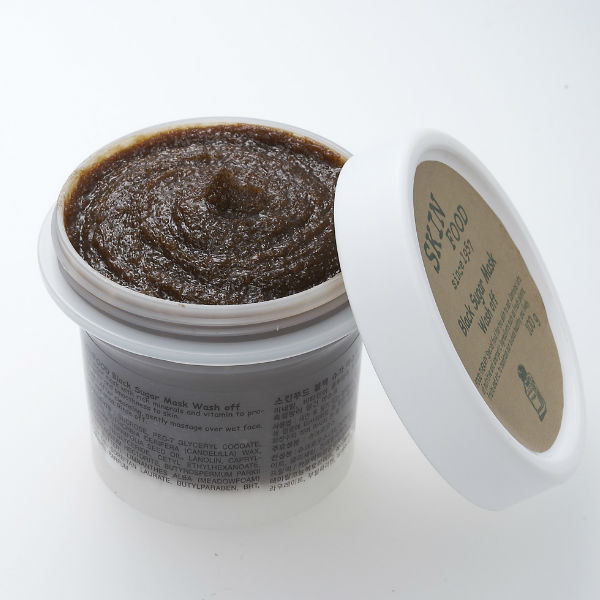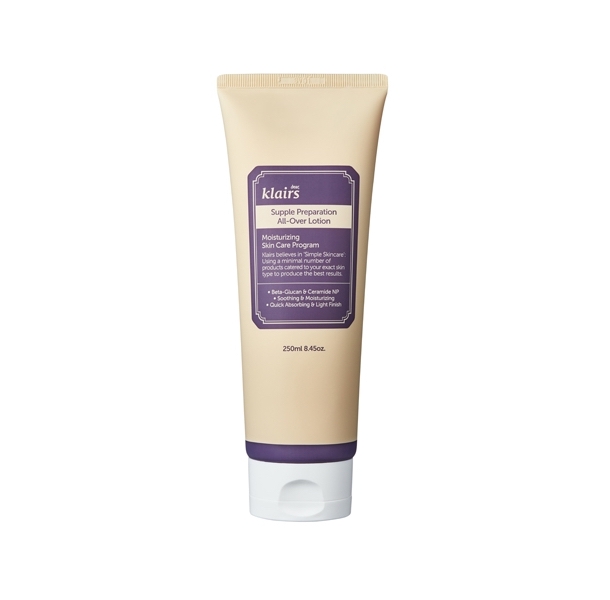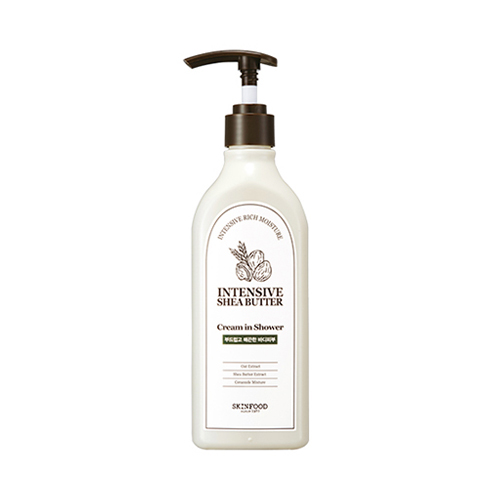We’re all about the Korean body scrub here. From sharing the best exfoliating products and how often you should exfoliate to how to tell you’re overexfoliating, exfoliation is an essential step in any skin care routine. But what about exfoliating the skin on your body? If you’re used to exfoliating your body once in a blue moon with a heavily scented body scrub from The Body Shop, here are some changes you should consider making for healthier skin.
If you love spas and treatments, you’re probably familiar with the Korean body scrub. I grew up regularly hitting Korean saunas with my family where either my mother or the body scrub professional sanded my body down like a block of wood. Even though it was definitely odd to lay down butt naked on a plastic bed and have a complete stranger scrub my entire body, the end result was always skin as soft and smooth as a pearl.
The scrub session is the pinnacle of the Korean sauna experience, and it always leaves you refreshed, especially if you conclude the session with a big jug of ‘sikhye’, the Korean sweet rice drink. But only when I moved to the States did I realize that when it comes to regular body exfoliation, us Koreans might be unique.
Regardless of gender or age, people in Korea exfoliate their bodies with the explicit goal of removing dead skin cells, known as ‘ddae’. In fact, the concept of personal hygiene encompasses regular body exfoliation, which explains why someone like my little brother, who does absolutely no skin care, knows to at least exfoliate his body once in a while, whether at home or at a sauna.
The benefits of body exfoliation
According to dermatologist Annie Chiu, “exfoliating [your body] gives your skin a glow and even skin tone you might not achieve without exfoliation.” But beyond just giving you a glowing, more even-toned skin, exfoliating your body is an effective way to prevent common problems associated with the skin on your body. “Exfoliation removes dead skin cells which prevent ingrown hairs and body acne,” says Chiu. “I suggest exfoliation a few times a week unless you have sensitive skin.”
Generally, the skin on your body is thicker than the skin on your face. But that doesn’t mean you should be reaching for tools that are “harsh enough to feel effective!” According to Nava Greenfield of Schweiger Dermatology Group, you should always “avoid harsh soaps, hard detergents, and anything that may lead to dryness of your skin.” When it comes to tools, “using a harsh brush or washcloth is generally not recommended on healthy skin on the body because it can dry it out, leading to itchy and red skin.” Overexfoliating can also damage healthy skin cells, which is why using the right products and tools and not over doing it is key.
Choose the right tools
When it comes to body exfoliation tools, Koreans usually have a variety at home. I personally keep two in my shower and use it on a regular basis: a pair of gloves for my body and a foot scrubber for my heels.
The most basic tool are exfoliating gloves. Unlike loofahs, these gloves are specifically designed for exfoliation, and the glove form makes exfoliating extremely fast. It allows you to wash your body and exfoliate in one go—it takes me two minutes in the shower to do both.
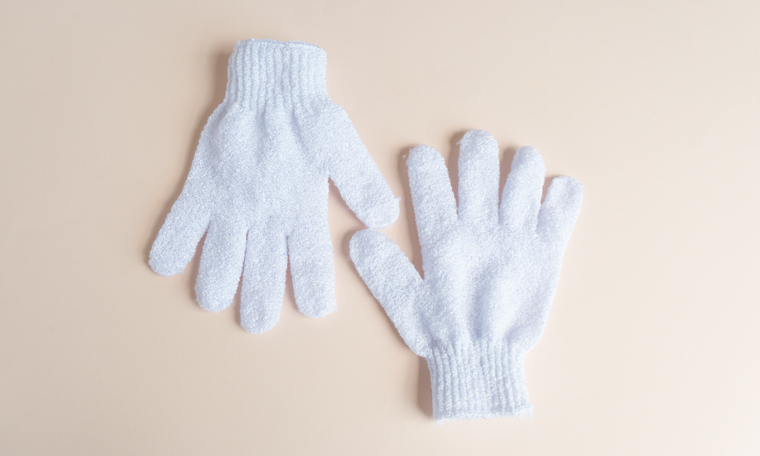
You might have seen some atrocious versions at CVS and wondered who actually pays for these. I prefer ones that have a tighter mesh than the ones sold at drugstores. I also prefer ones that don’t feel like steel wool on my skin. If your gloves are leaving red skid marks all over your body, it’s probably time to switch.
When using these gloves, thoroughly wet them and get a nice lather going with your body wash. Then gently rub your body in circular motions:
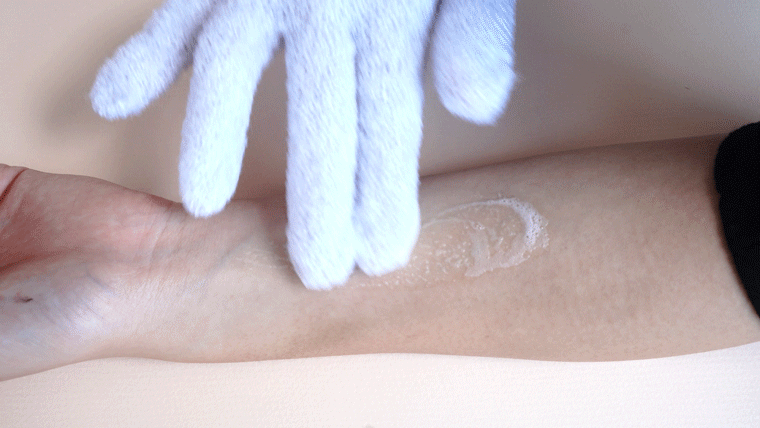
Again, no need to apply a ton of pressure, since the texture of the gloves will do the work. I find that the areas that collect more dead skin cells, like elbows and the little bones on the sides of your ankles, can take on a harder scrub. But for the rest of your body, a light, gentle motion is enough.
One important note here: Make sure to leave out your neck and chest. “You should include your neck and chest as part of your face and treat it the same as facial skin,” says Chiu. So leave out these areas—and your face, of course—when you exfoliate.
Extra tip: exfoliating your heels
According to Greenfield, “if extra skin builds up on the feet, called hyperkeratosis, a pumice stone can be used to exfoliate some of the skin off.” I’ve used pumice stones for my heels before, and personally, I find that a tool like a foot scrubber is easier to use and less abrasive on the skin.
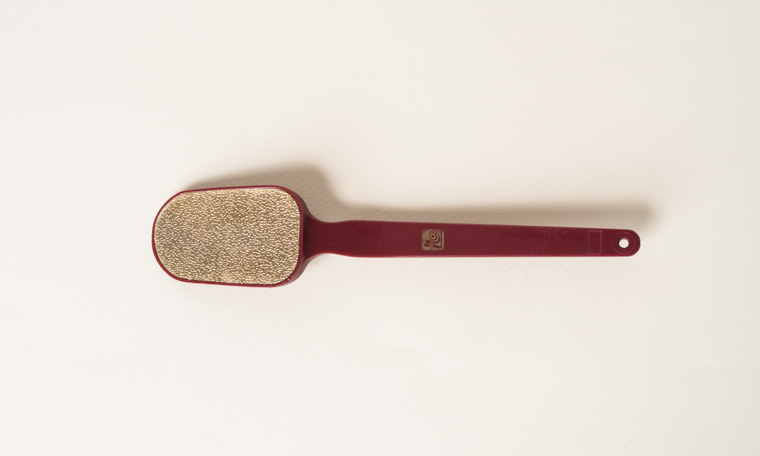
With this, you simply have to wet it and scrub away dead skin cells on your heels. I don’t use this as often as I use my exfoliating gloves, but it’s great to have this around, especially during sandal season. Simply wet the scrubber with water and rub your heels with it. The crazy thing is that it only removes dead skin cells without cutting into healthy skin, so you can be sure you’re not over-exfoliating. You can find this at any Asian beauty store, and it’s very affordable.
More tools to explore:
Of course, you can still use a conventional body scrub, as long as it doesn’t contain skin-irritating ingredients. Skinfood has a scrub made specially for the body, which smells amazing, but I also sometimes take the leftover tub of the Skinfood Black Sugar Mask Wash Off and use it on my body. If you love to DIY, “try a salt scrub for a little extra blood flow for that bit of extra glow,” says Chiu.
Don’t forget to moisturize
Just as you would follow up a facial exfoliation session with a soothing moisturizer or a sheet mask, you want to make sure you moisturize your body, especially after you exfoliate. The Klairs Supple Preparation All-Over Lotion is a versatile lotion formulated with shea butter, ceramides, and jojoba seed oil to seriously moisturize skin. I love putting this all over my body, including my neck, and because it absorbs so easily, I can also keep it on my desk and use it as a hand lotion. But if you really can’t be bothered to moisturize after you shower, you can go with the lazy girl favorite, the Skinfood Intensive Shea Butter Cream in Shower. It’s a moisturizer you apply while you’re still in the shower to save you time. Either way, the point is to properly moisturize your body after you exfoliate, just like you would with your face.
Bottom line:
There’s a wealth of options when it comes to body exfoliators, and it’s all about finding what works for your skin. Just make sure to stay away from any ingredients and products that irritate your skin and avoid exfoliating more often than your skin can handle. Regularly exfoliating your body will make a difference you can feel, and it doesn’t have to be a difficult, expensive process.


